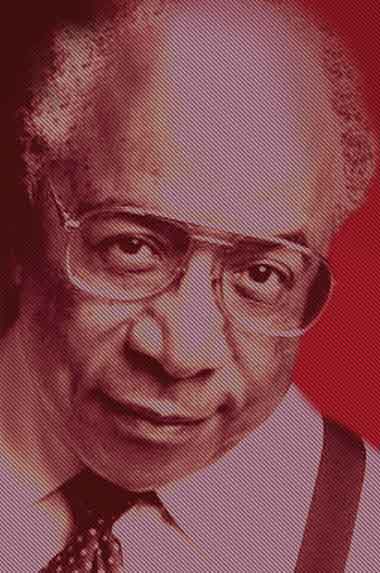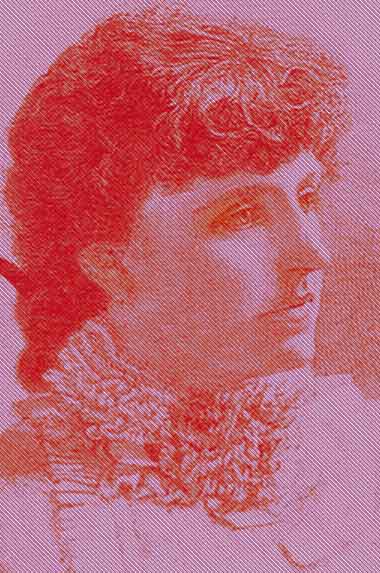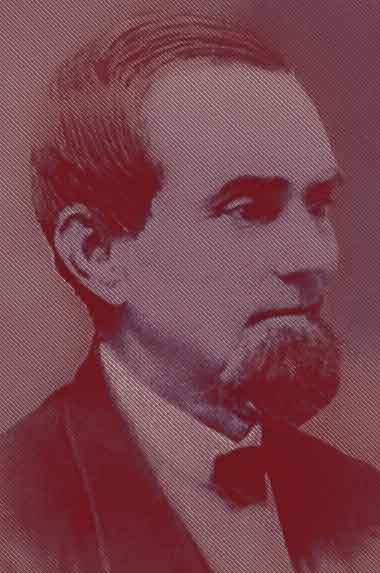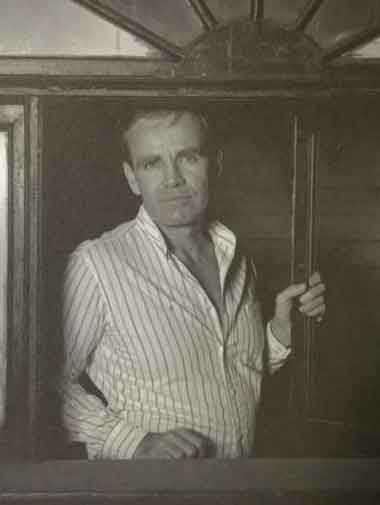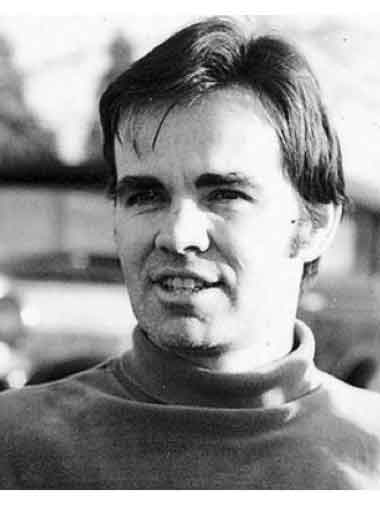CORMAC McCarthy
Cormac McCarthy was born in Rhode Island on July 20, 1933. When he was four years old, his family moved to Knoxville, where his father, Charles, worked as a lawyer for the Tennessee Valley Authority. Cormac would reside off and on in Knoxville for the next 30+ years, attending Knoxville Catholic High School (then located on Magnolia Avenue) and the University of Tennessee, where he majored in liberal arts with a special focus on creative writing. He also served in the Air Force for four years, spending two of these in Alaska. When he left college and the armed forces, McCarthy travelled widely, spending time in Chicago as an auto mechanic and in Europe as a writer. Fellowships, including a traveling grant from the American Academy of Letters and the Rockefeller Foundation Grant, allowed him to stay for extended periods in Ireland and on the island of Ibiza. When McCarthy returned to the states, he also returned to the Knoxville area, often living just south of the city. In the late 1970s, McCarthy moved to Texas, and then several decades later to Sante Fe, New Mexico, where he serves as writer-in-residence at the Sante Fe Institute. McCarthy has won several prestigious awards, including the Pulitzer Prize for Fiction, the National Book Award and National Book Critics Circle Award (for All the Pretty Horses), as well as a MacArthur “genius” Fellowship.
McCarthy’s first published fiction appeared in the University of Tennessee’s student literary magazine The Phoenix, which continues to publish student work to this day. McCarthy’s stories “A Wake for Susan” (1959) and “The Drowning Incident” (1960) are available at UT Special Collection’s library’s digital collection.
As of 2018, McCarthy has published 10 novels, two screenplays, and one play. He is currently working on a novel The Passenger, although there are few details about the status of this book.
Five of his published works have been adapted to film:
• Child of God (2013)
• The Counselor (2013)
• The Sunset Limited (2011)
• No Country for Old Men (2007)
• All the Pretty Horses (2000)
Several of McCarthy’s novels are set in or have scenes in or near Knoxville. Read on and down for details and select excerpts. Most of this novel takes place in a fictional community that mirrors very closely the mountains around Martin Mill Pike, where McCarthy lived as a child. The names of some locations have been changed, but the City of Knoxville is the uran center to which the characters travel. “At Gay or Market he would pull to the curb and yell: ‘One stop!’ and watch them erupt from the car like circus clowns—five, six, as many as eight of them, all bound for the show, farmboys with no more farm than some wizened tomato plants and a brace of ravenous hogs. In the rearview mirror he could see them watching the car scoot away, hovering and bobbing on the sidewalk like a flock of curious birds.” [From The Orchard Keeper (1964)]
This novel is set in the mountain communities of nearby Sevier County. There are many scenes set in Sevierville, and the protagonist spends some time in hospitals in Knoxville. Most of the novel takes place in the rural mountains to the southeast of the city. “To watch these things issuing from the otherwise pastoral morning is a man at the barn door. He is small, unclean, unshaven. He moves in the dry chaff among the dust and slats of sunlight with a constrained truculence. Saxon and Celtic bloods. A child of God much like yourself perhaps. Wasps pass through the laddered light from the barnslats in a succession of strobic moments, gold and trembling between black and black, like fireflies in the serried upper gloom.” [From Child of God (1973)]
This novel takes place almost entirely in 1950s Knoxville, with brief trips to West Tennessee and The Smoky Mountains. The main haunts of the primary chracters are the down-and-out areas in and around downtown Knoxville, areas which the novel describes as the “encampment of the damned” that the “righteous see from carriage and car.” Parts of the novel deal with the changing city landscape and the destruction of the neighborhoods and lifestyle that Cornelius Suttree and his friends inhabit. “Behind him the city lay smoking, the sad purlieus of the dead immured with the bones of friends and forebears. Off to the right side the white concrete of the expressway gleamed in the sun where the ramp curved out into empty air and hung truncate with iron rods bristling among the vectors of nowhere.” [From Suttree (1978)]
Although McCarthy’s previous novel Suttree was set in Knoxville, it was completed and published while McCarthy lived in Texas. Blood Meridian is McCarthy’s first of four novels that recreate the “Wild West” in the deserts of the southwest U.S. and northern Mexico. Many readers see the opening lines of the novel as McCarthy’s nod to his imaginative and literal relocation from Knoxville to the U.S. West. The book opens as the “child” runs away from his East Tennessee home, winding up eventually in Texas. “See the child. He is pale and thin, he wears a thin and ragged linen shirt. He stokes the scullery fire. Outside lie dark turned fields with rage of snow and darker woods beyond that harbor yet a few last wolves. His folk are known for hewers of wood and drawers of water but in truth his father has been a schollmaster. He lies in drink, he quotes from poets whose names are now lost. The boy crouches by the fire and watches him...he watched, pale and unwashed. He can neither read nor write and in hime broods already a taste from mindless violence. All history present in that visage, the child the father of the man.” [From Blood Meridian (1984)]
While this post-apocalyptic novel is set in a nameless landscape, many people see McCarthy charting a path that travels through Knoxville (identifiable by its numerous interstate ramps and the Henley Street Bridge) and the Smoky Mountains, towards the beaches to the southeast. While Knoxville is never named there are some details that connect the novel to the area, included a billboard that says “See Rock City” and the description of an “empty parking lot as the overlook” in the “gap” at 5000 feet above sea level, which sounds a lot like the Newfound Gap parking area in the Great Smoky Mountains. “By dusk of the day following they were at the city. The long concrete sweeps of the interstate exchange like the ruins of a vast funhouse against the distant murk...they went on. He kept constant watch behind him in the mirror. The only thing that moved in the streets was blowing ash. They crossed the high concrete bridge over the river. A dock below. Small pleasureboats half sunken in the gray water. Tall stacks downriver dim in the soot. The day following some few miles south of the city at a bend in the road half lost in the dead brambles they came upon an old frame house with chimneys and gables and a stone wall. The man stopped. Then he pushed the cart up the drive. What is this place, Papa? It’s the house where I grew up.” [From The Road (2005)]

